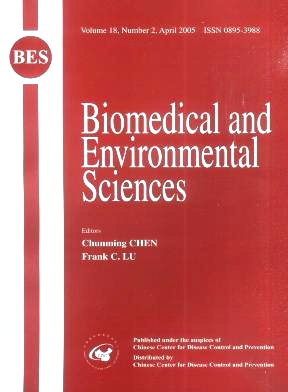Development of a New Sampling Medium for Bioaerosols
-
Key words:
- Sampling medium /
- Bioaerosols /
- Airborne microorganisms
Abstract: Objective To develop a new sampling medium for detecting of bioaerosols. Methods The sampling media were tested by using Escherichia coli, Staphylococcus aureus and Serratia marcescens under static and active conditions, preliminary applications were performed using AGI-10 and high volume sampler. Results The average recovery rates were raised to 24.7%, 58.2%, 40.5%, 44.1%, 20.5%, and 15.4%, respectively in six consecutive experiments under static condition for 60 min at room temperature. Four kinds of sampling media were singled out after static experiments, which were referred to as "samplutions" PD1, PX2, TD1, and TX2, respectively. Under the active condition, the protective efficacy of PD1, PX2, TD1, and TX2 was 226% (153/47), 553% (111/17), 150% (120/48), and 268% (419/114), respectively. Conclusion The samplutions have some effects on the subsequent nucleic acid detection, which could be avoided by employing standard nucleic acid extraction procedure. The newly developed samplution can be applied to the detection of bioaerosols.
| Citation: | JUN-HUI ZHAI, MEI-LING CHEN, XIU-ZHI XU, ZHEN-HAI SUN, YU ZHOU, FENG-XIANG CHE, RUI-FU YANG. Development of a New Sampling Medium for Bioaerosols[J]. Biomedical and Environmental Sciences, 2005, 18(2): 82-86. |







 Quick Links
Quick Links
 DownLoad:
DownLoad: